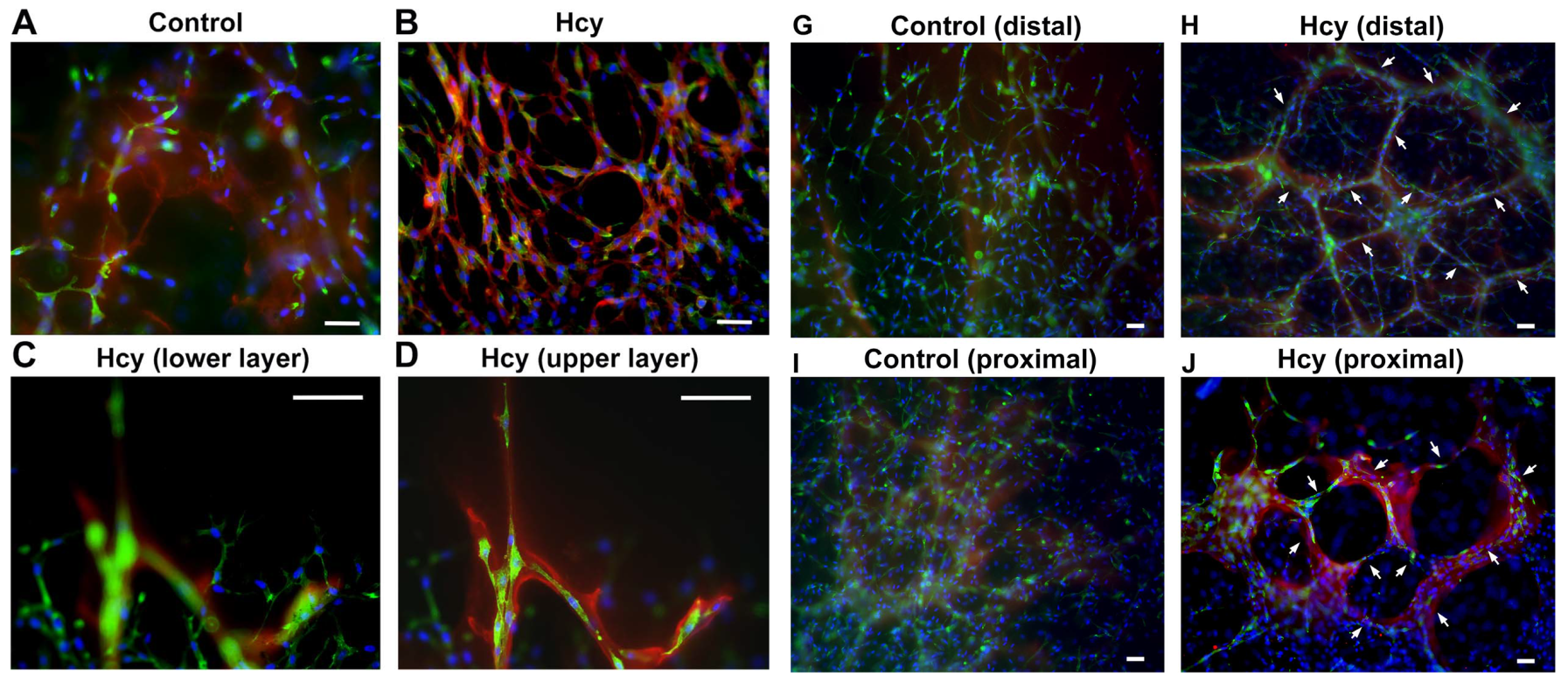Featured Scientist

Yih-Jing Lee, Ph.D.
Professor
Homocysteine facilitates angiogenetic networks in choroid and retina
Homocysteine is a sulfur-containing aminoacid and metabolite of methionine. High level of homocysteine is relative to various arterial diseases, and all these diseases are thought to occur due to atherosclerosis in different parts of the human body. We investigated the effects of homocysteine on chorioretinal angiogenesis on a choroidal sprouting explant model and examined the potential growth factors for angiogenesis. We found homocysteine evoked choroidal capillary sprouting by inducing capillary endothelial cell proliferation with pericyte formation and by facilitating polygonal angiogenetic networks. In some cases, vascular lumens were observed in the newly forming capillaries facilitated by homocysteine. The choroidal sprouting effect of homocysteine can only be observed in homocysteine-treated model exhibiting increased choroidal sprouting areas. Vascular marker overexpression was seen in the homocysteine-treated group. (Lee YJ et al., Invest Ophthalmol Vis Sci, 2017; 58:4332–4343. DOI: 10.1167/iovs.17-22308)
183 views